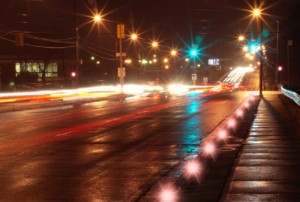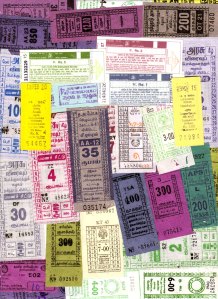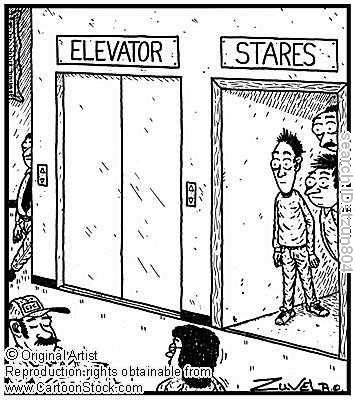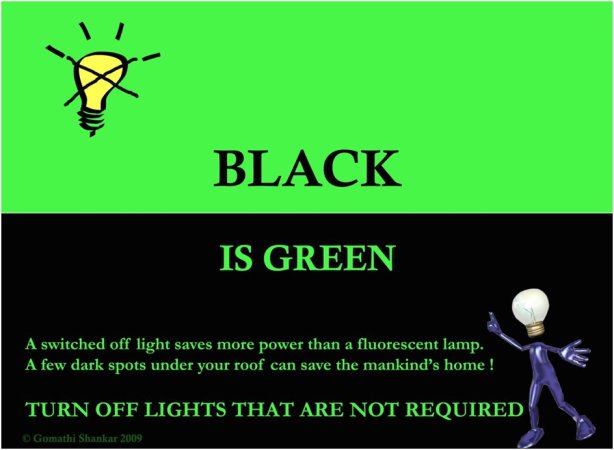If you are a person who saves energy by using fluorescent lamps during broad day-light time with your curtains closed, this is a message for you, my Lord! If you are not, and you are a conscious energy-saving citizen, then again, this is a message to you, my friend! If you are an engineer who does not want to end up in software corridors and want to do some technical innovation (at least for a final year project), this one is very much for you, my pal! So, what is it?
Switched on lights in rooms with curtains closed to natural light is a quite common phenomenon. While it takes a behavioural change for people individually to resist from using artificial lights instead of natural light, and of course much more persuasion, this wrong can be corrected with another of those smart gadgets.
I suggest the development of a natural light meter placed at the windows, which is by circuit, connected to the light switches. The switch boards shall have a visual display. Whenever a light is switched on when there is sufficient natural light beckoning to be used outside the windows, this circuit senses it and lets out a display message at the switch board, besides delaying the ‘switch-on’ action until a further command is received. Clean and simple! The user shall simply open the window curtains for his light requirements.
If the user still wants the light on, he simply has to press the switch again to get it glowing. By this, every time the user is opting for artificial light when sufficient natural light is available, he is cautious that he is doing so. There may be certain genuine circumstances when artificial lights are required or when curtains can’t be opened. Hence, this technique shall help those situations too.
certain genuine circumstances when artificial lights are required or when curtains can’t be opened. Hence, this technique shall help those situations too.
Technology wise, all it takes is a light meter, (you should know this as the cricket umpires use to test our patience in late evening test matches!), a switch-control unit and a connecting wiring network. As simple as it is said, some curious final year electrical engineer too can go on to design it. At the scale in which energy conservation is required, why not a Philips or Crompton Greeves come up with a commercial product to do its bit for the society?
Time to draw the curtains open on this issue!
– GS
If you have a creative idea to tackle any social problem, please deposit into this idea bank by mailing it to sparkyourideas@gmail.com. Licenced to be as crazy as you wish, because all breakthrough innovations were once considered only crazy ideas!!!




